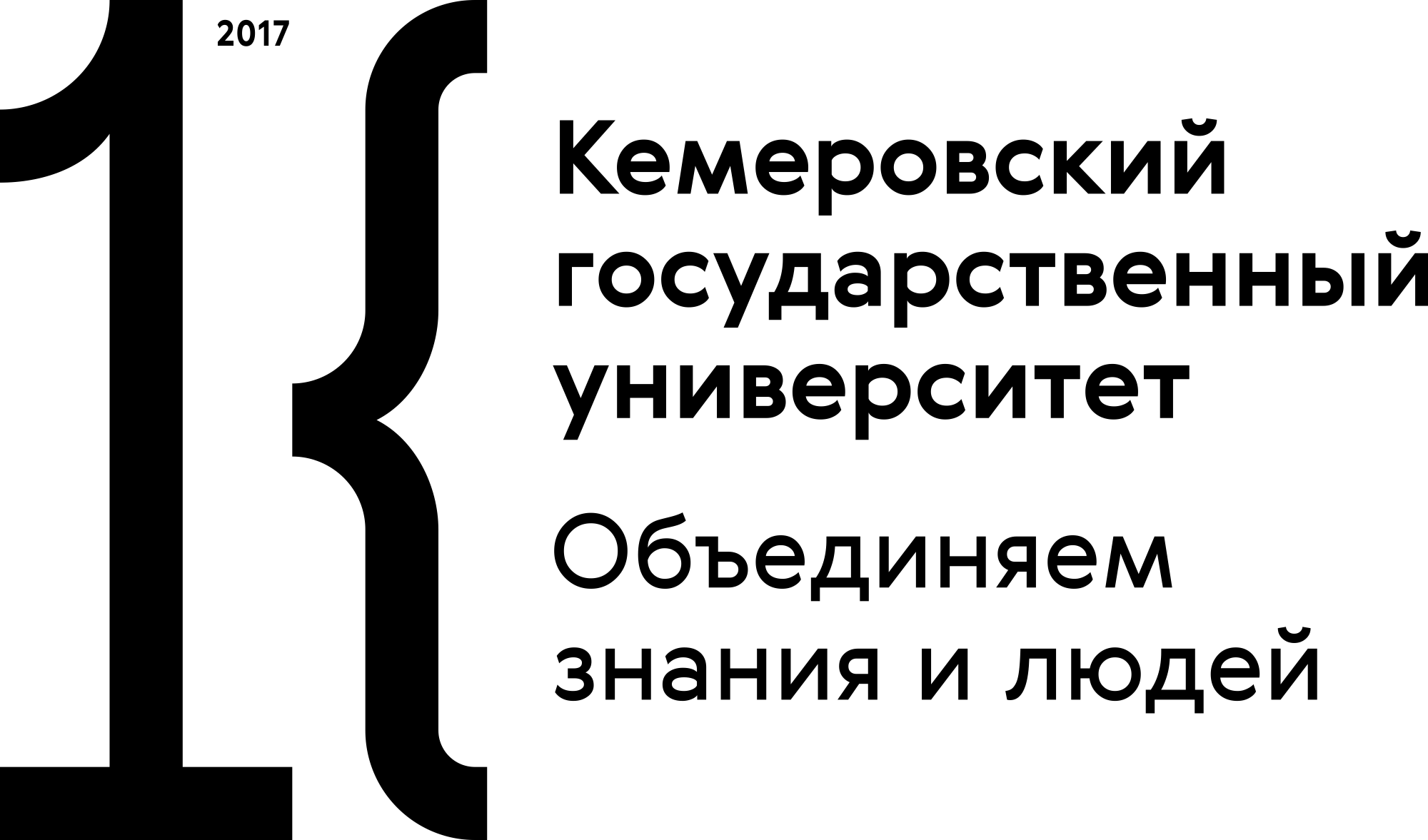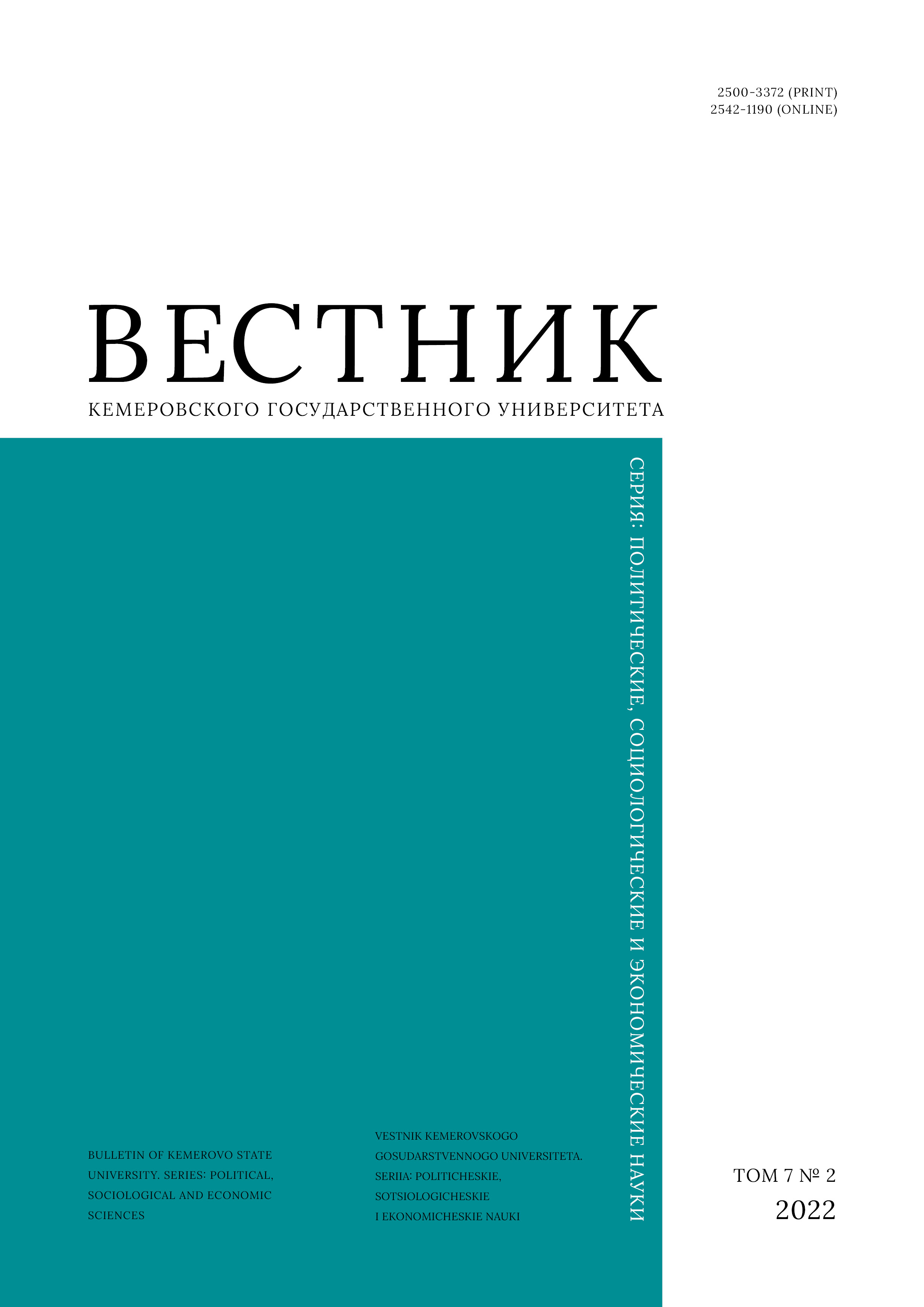Irkutsk, Russian Federation
Irkutsk, Russian Federation
The authors modelled the development of a regional socio-economic situation using static optimization of an unknown function that describes the relationship between the economic parameters of a territorial system. They applied the Bayesian approach to formalize relations, identify optimization parameters, classify the situation of geographically homogeneous economic systems, and describe the transformation of socio-economic regimes. By using variables and coefficients as bilinear characteristics, they reflected the unity of internal and external system properties, as well as the joint effect of geographical and historical economic factors and conditions. The analysis of regional economic indices revealed the empirical dependence of domestic investment on industry and agriculture in the Russian regions in 2000–2016. The results show some patterns of investment and production processes in the Irkutsk region economy in the pre-crisis, crisis, and post-crisis periods. For industrial production, the changes in the investment environment corresponded to 2000–2006, 2006–2008, and 2008–2016. Agricultural production demonstrated no such relationship. Therefore, the geo-economic conditions change the environmental indicators of the regional system that affects the optimal investment solutions made by economic activity subjects.
statistical optimization, environ parameters, economic situation modeling, investment
1. Hatanaka M. Time series-based econometrics: unit roots and cointegration. Oxford: Oxford University Press, 1996, 312. https://doi.org/10.1093/0198773536.001.0001
2. Maddala G. S., Kim In-Moo. Unit roots, cointegration, and structural change. Cambridge: Cambridge University Press, 1998, 505.
3. Nosko V. P. Econometrics. Introduction to time series regression analysis. Moscow: MIPT, 2002, 273. (In Russ.)
4. Nosko V. P. Econometrics. Moscow: Delo, 2011, book 1, 672. (In Russ.)
5. Vasilyev F. P. Methods of extreme tasks solution. Moscow: Nauka, 1981, 400. (In Russ.)
6. Vasilyev F. P. Numerical methods of extreme tasks solutions, 2nd ed. Moscow: Nauka, 1988, 549. (In Russ.)
7. Kiefer J., Wolfowitz J. Statistical estimation on the maximum of a regression function. Ann. Math. Statist, 1952, 23(3): 462-466. https://doi.org/10.1214/AOMS/1177729392
8. Lebedev I. V., Treskunov S. L., Yakovenko V. S. Elements of the jet automatics. Moscow: Mashinostroenie, 1973, 360. (In Russ.)
9. Ermoliev Yu., Wets R. Numerical techniques for stochastic optimization. Berlin: Springer-Verlag, 1988, 586.
10. Sakalauskas L. Nonlinear stochastic optimization by Monte-Carlo estimators. Informatica, 2000, 11(4): 455-468.
11. Sakalauskas L. Nonlinear stochastic programming by Monte-Carlo estimators. European Journal of Operational Research, 2002, 137(3): 558-573.
12. Yudin D. B. Mathematical methods of control in conditions of incomplete information (problems and methods of stochastic programming). Moscow: Sovetskoe radio, 1974, 400. (In Russ.)
13. Yudin D. B., Yudin A. D. Extreme models in economics. Moscow: Ekonomika, 1979, 289. (In Russ.)
14. Seiford L. M., Thrall R. M. Recent developments in DEA: the mathematical programming approach to frontier analysis. Journal of Econometrics, 1990, 46(1-2): 7-38. https://doi.org/10.1016/0304-4076(90)90045-U
15. Kazan H., Baydar M. Performance measurement with data envelopment analysis in service industry: banking application. Business Management Dynamics. 2013, 3(5): 37-50.
16. Vapnik V. N. Estimation of dependences based on empirical data. Moscow: Nauka, 1979, 448. (In Russ.)
17. Zellner A. An introduction to Bayesian infrence in econometrics. Moscow: Statistika, 1980, 438. (In Russ.)
18. Aivazian S. A. Bayesian methods in econometrics. Applied Econometrics, 2008, (1): 93-130. (In Russ.)
19. De Groot M. Optimal statistical decisions. Moscow: Mir, 1974, 491. (In Russ.)
20. Hei J. Data in doubt: an introduction to Bayesian statistical inference for economists. Moscow: Finansy i statistika, 1987, 336. (In Russ.)
21. Markeyev A. P. A principal of least constraint. Sorosovskii obrazivatelnyi zhurnal, 1998, (1): 113-121. (In Russ.)
22. Zorkaltsev V. I. Least squares method. Geometric properties, alternative approaches, and applications. Novosibirsk: Nauka, 1995, 219. (In Russ.)
23. Zulanke R., Vintgen P. Differential geometry and bundles. Moscow: Mir, 1975, 348. (In Russ.)
24. Strehler B. L., Mildvan A. S. General theory of mortality and aging. Science, 1960, 132(3418): 14-21. https://doi.org/10.1126/science.132.3418.14
25. Kofman G. B. Growth equations and ontogenetic allometry. Mathematical biology of development, eds. Zotin A. I., Presnov E. V. Moscow: Nauka, 1982, 49-55. (In Russ.)
26. Gavrilov L. A., Gavrilova N. S. Biology of life span. 2nd ed. Moscow: Nauka, 1991, 280. (In Russ.)
27. Myadzelets A. V., Cherkashin A. K. Spatial and temporal indicators to compare the conditions for developing the economy of Russian regions. Regional’nye issledovanija, 2016, (3): 22-31. (In Russ.)
28. Myadzelets A. V. Modeling of the socio-economic potential of the Siberian regions with consideration for their economic-geographical position in the national economic system of the Russian Federation. Math. Model. Nat. Phenom., 2009, 4(5): 158-175. https://doi.org/10.1051/mmnp/20094511
29. Vakulenko E. S., Gurvich E. T. The relationship of GDP, unemployment rate and employment: in-depth analysis of Okun’s l aw for Russia. Voprosy Economiki, 2015, (3): 5-27. (In Russ.) https://doi.org/10.32609/0042-8736-2015-3-5-27
30. Cherkashin A. K. Mathematical basis of knowledge synthesis in interdisciplinary research of social and economic phenomena. AlterEconomics, 2017, (3): 108-124. (In Russ.)
31. Cherkashin A. K., Myadzelets A. V. Characterization of regional economic development in response to macroeconomic factors and conditions. Economics and Mathematical Methods, 2017, (4): 13-25. (In Russ.)
32. Gelfand I. M., Fomin S. V. Calculus of variations. Moscow: Fizmatgiz, 1961, 228. (In Russ.)
33. Jaeger L., Wagner C. Factor modeling and benchmarking of hedge funds: can passive investments in hedge fund strategies deliver? The Journal of Alternative Investments, 2005, 8(3): 9-36.
34. Aganbegyan A. G. On specifics of current financial crisis and its consequences for Russia. Russian Journal of Money and Finance, 2008, (12): 3-9. (In Russ.)
35. Ershov M. Crisis of 2008: "The moment of truth" for the global economy and new opportunities for Russia. Voprosy Economiki, 2008, (12): 4-26. (In Russ.) https://doi.org/10.32609/0042-8736-2008-12-4-26
36. Shavshukov V. M. The Global financial and economic crisis: causes, nature, mechanisms of distribution. Anti-crisis actions of the monetary authorities. Ekonomicheskie nauki, 2014, (114): 121-125. (In Russ.)
37. Groenewold N., Fraser P. Time-varying estimates of CAPM betas. Mathematics and Computers in Simulation. 1999, 48(4-6): 531-539.
38. Buckland R., Fraser P. Political and regulatory risk: beta sensitivity in U.K. electricity distribution. Journal of Regulatory Economics, 2001, 19(1): 5-25.

















